Restless Leg Syndrome Quinine
Restless leg syndrome quinine. Ringing in the ears vomiting stomach cramps nervousness nausea diarrhea confusion. Online RLS forums are filled with suggestions for beverages including poppy seed tea which has traces of opiates and tonic water which has a tiny bit of quinine once used to treat muscle. The phase IV clinical study analyzes which people take Quinine and have Restless leg syndrome.
Quinine sulfate is a known muscle relaxant that has been used for many years to help relax tense muscles and relieve muscle cramps. Three unexposed people with muscle cramps or restless leg syndrome from the database were included for every exposed person included in the. Acting as a muscle relaxant Improving blood flow to the muscles.
Some members like the effects. But after reports of serious blood-related side effects including death in 2010 the FDA banned the use of quinine to treat leg. However it is important to note that some health professionals recommend against drinking quinine.
Many drinks such as bitter lemon or tonic waters contain quinine. In only 1 of the 38 cases quinine was used for the treatment of malaria. However side effects of quinine can include.
Individuals in this study received more than 100 mgd of quinine equivalent to a daily consumption of more than one liter of bitter lemon or tonic waters. The phase IV clinical study analyzes which people take Quinine sulfate and have Restless leg syndrome. The benefits of quinine in reducing cramps should be balanced against the risks the authors write.
Tell your doctor if any of these symptoms are severe or do not go away. Restless leg syndrome is found among people who take Quinine especially for people who are male 60 old. It is created by eHealthMe based on reports of 3767 people who have side effects when taking Quinine from the FDA and is updated regularly.
A drug called quinine was once a top treatment for RLS. Nausea restlessness difficulty hearing or ringing in the ears confusion nervousness.
Online RLS forums are filled with suggestions for beverages including poppy seed tea which has traces of opiates and tonic water which has a tiny bit of quinine once used to treat muscle.
It also helps people who are suffering from involuntary muscle contractions. People exposed to quinine were on average one year older than controls and were prescribed an average quinine dose of 203 mg per day. I think that the tonic water tastes bitter so I mix it with crushed. However side effects of quinine can include. In the remaining cases it was used for the treatment of leg cramps and other muscle cramps or the treatment of restless. But after reports of serious blood-related side effects including death in 2010 the FDA banned the use of quinine to treat leg. Tell your doctor if any of these symptoms are severe or do not go away. Some members like the effects. It also helps people who are suffering from involuntary muscle contractions.
A drug called quinine was once a top treatment for RLS. In only 1 of the 38 cases quinine was used for the treatment of malaria. A drug called quinine was once a top treatment for RLS. The benefits of quinine in reducing cramps should be balanced against the risks the authors write. Tell your doctor if any of these symptoms are severe or do not go away. Those who were prescribed quinine had either cramps 96 percent of the quinine-prescribed group or restless legs syndrome 4 percent so controls were chosen with these same diseases 96 percent had cramps and 4 percent had RLS. The phase IV clinical study analyzes which people take Quinine and have Restless leg syndrome.

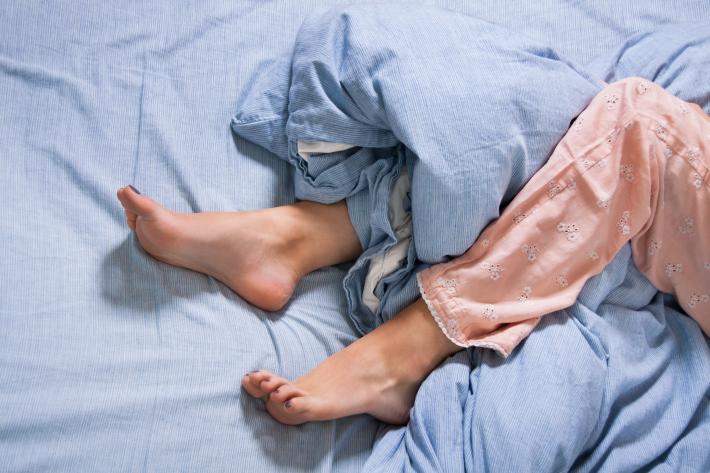







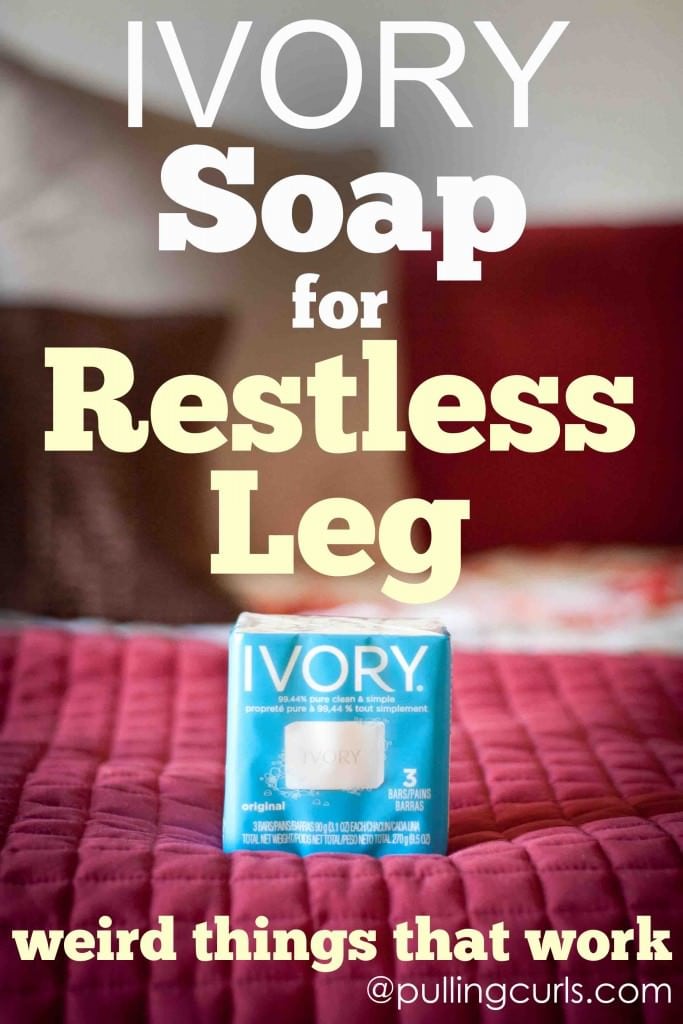
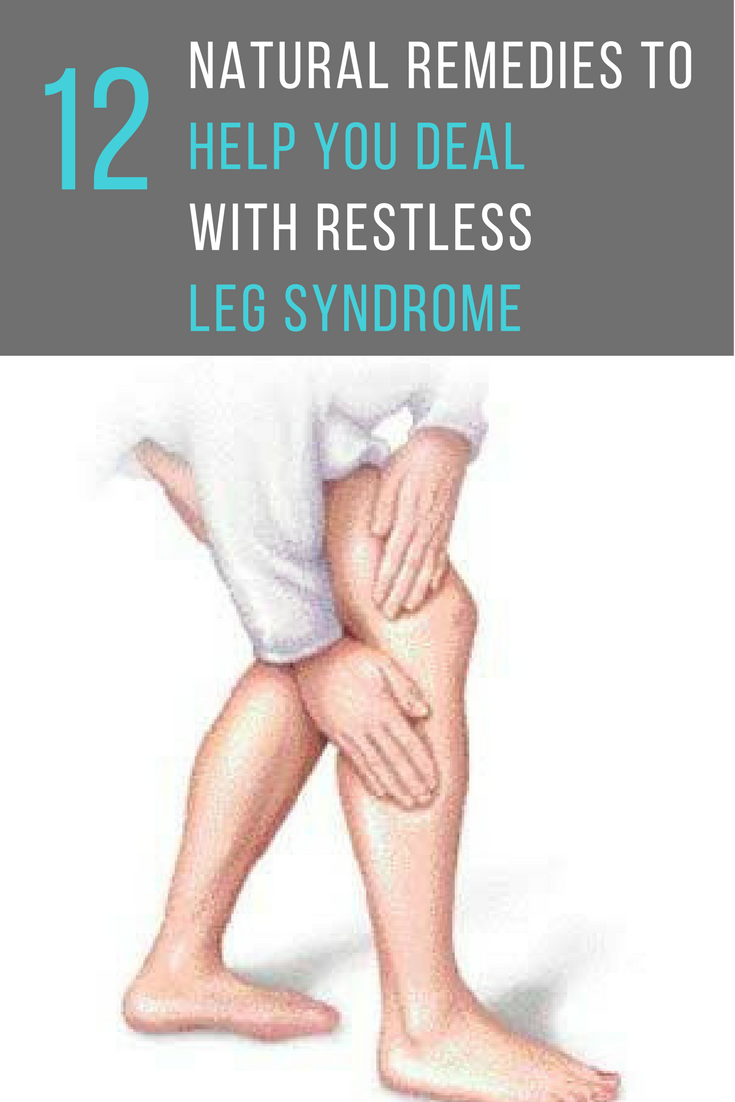
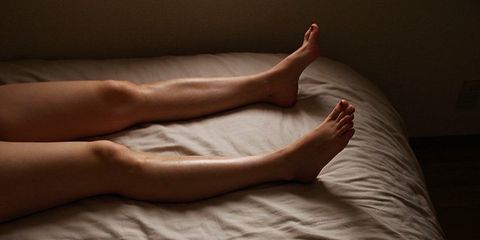
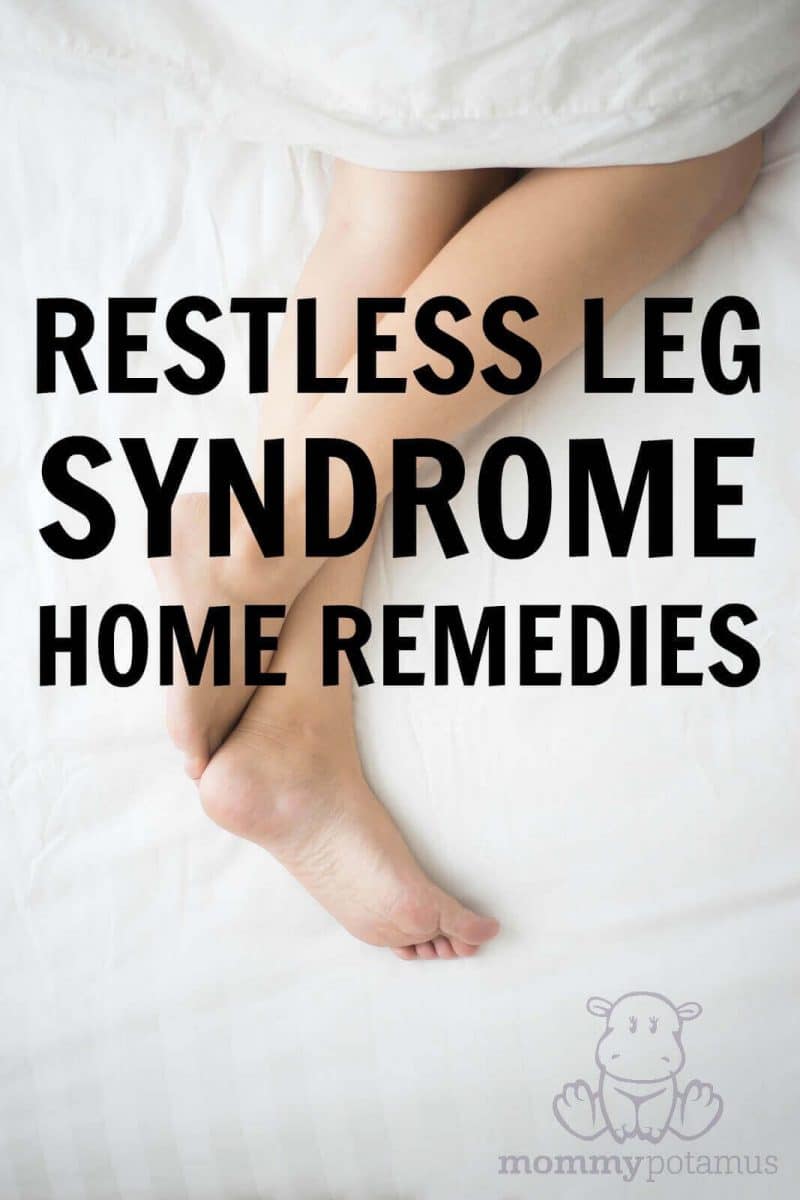












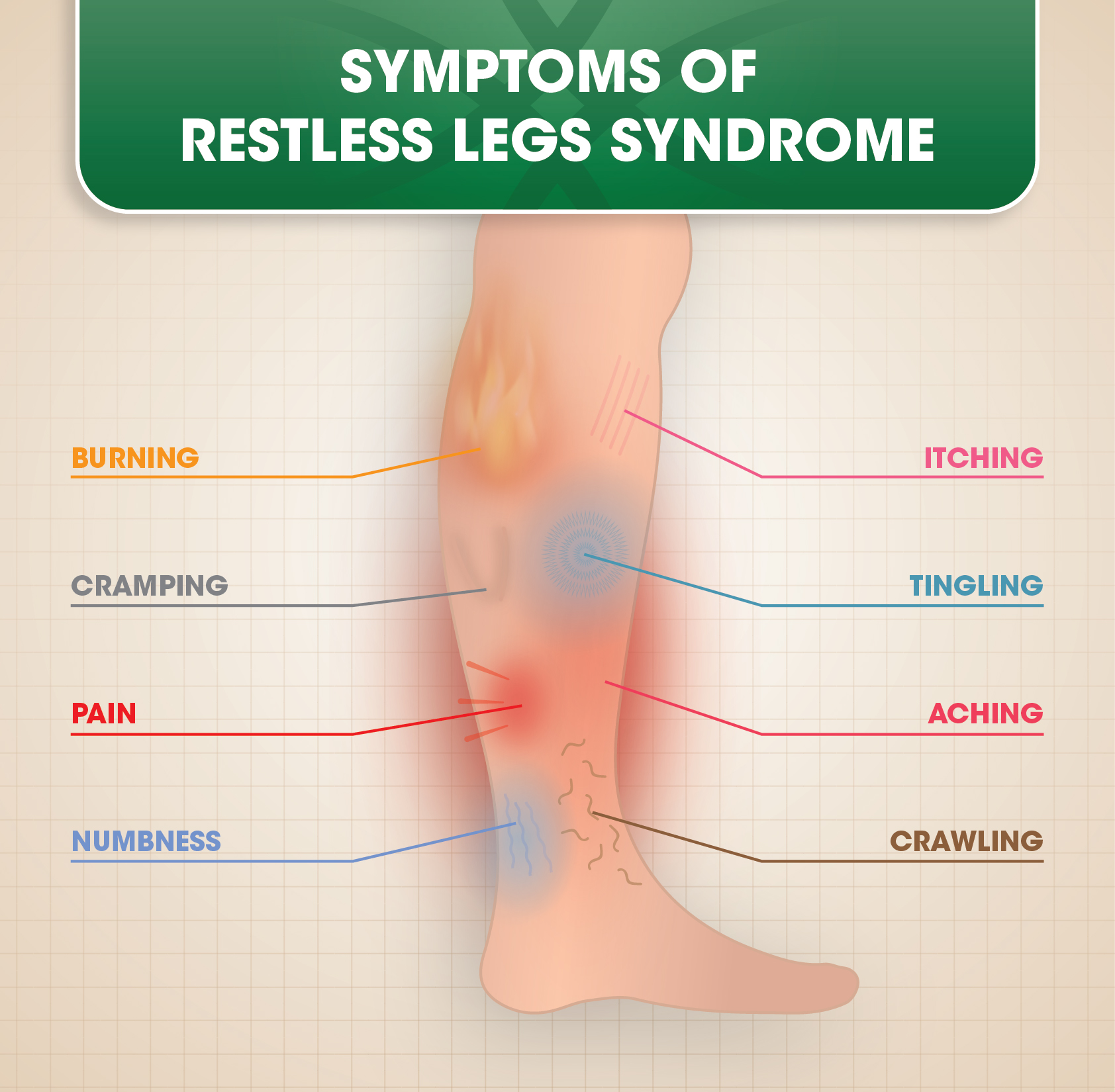











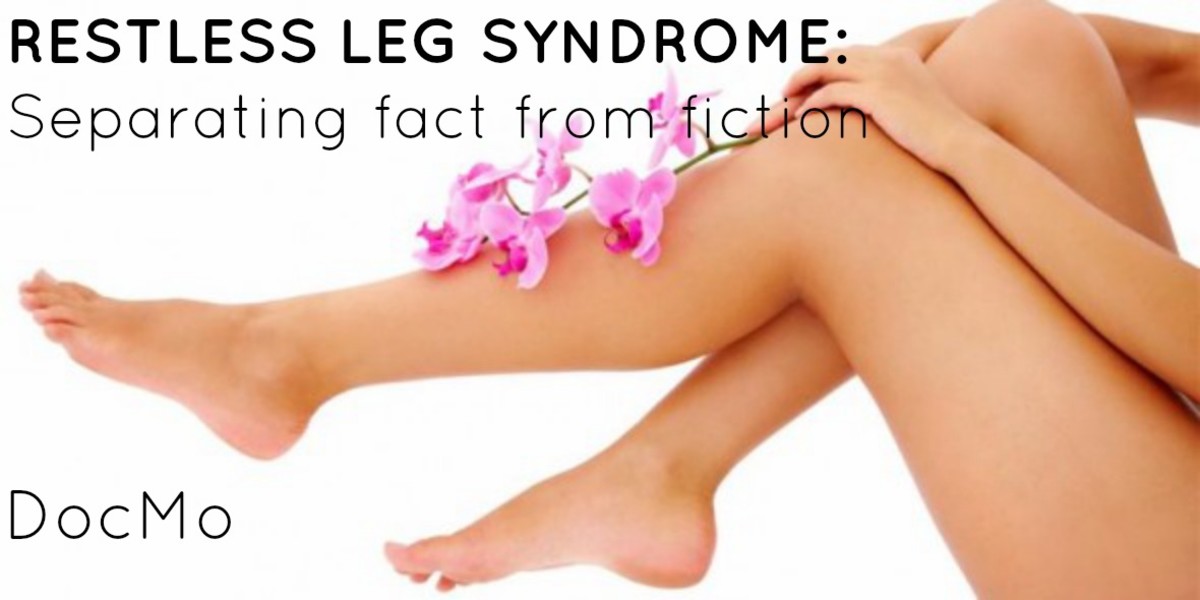


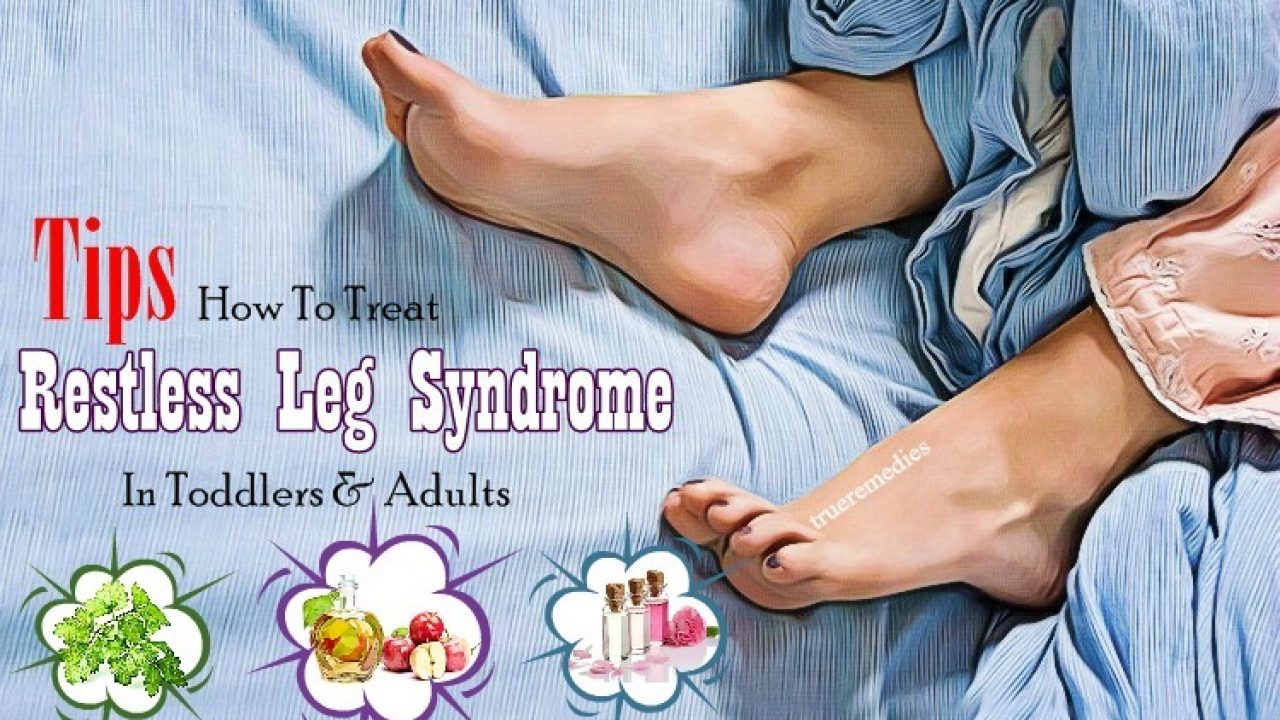



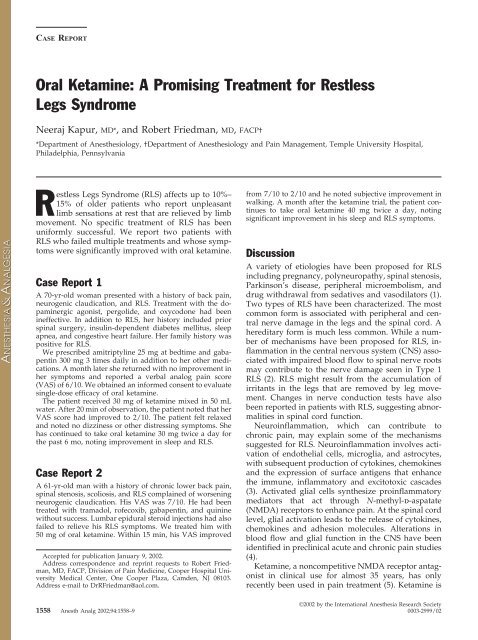
Post a Comment for "Restless Leg Syndrome Quinine"